[ad_1]
Contiene lo siguiente Spoilers leves Para el episodio final de “Star Wars: Skeleton Crew”.
“Star Wars: Skeleton Crew” continúa la tradición iniciada en la serie animada “Clone Wars”.sobre todo en su descripción de planetas devastados por la guerra que hacen alarde de sensibilidades de inspiración francesa. El programa de Disney+ de los creadores Jon Watts y Christopher Ford es una carta de amor a la franquicia 'Star Wars' Sin embargo, en su conjunto, el episodio 6, “Zero Friends Again”, ofrece otra devolución de llamada a las caricaturas antes mencionadas que debería complacer a los fanáticos de la propiedad.
El momento en cuestión ocurre cuando El personaje de Jude Law en “Skeleton Crew”.God Na Nood, es capturado por Brutus (Fred Tatasciore) y su tripulación de piratas financieramente hambrientos. Los delincuentes llevan a su prisionero a una estación espacial con un largo eje central para ejecutarlo, pero Judd logra salir gracias a su don de la palabra.
Si bien todo el drama de la corte pirata eclipsa la ubicación, los fanáticos de “Star Wars: The Clone Wars” pueden reconocer la base como una de las 20 antiguas estaciones médicas de la República repartidas por toda la galaxia… aunque claramente no lo era. lugar de curación. Con eso en mente, echemos un vistazo a la historia de estas instalaciones y examinemos cuánto han cambiado desde que los piratas las reutilizaron para otros fines.
La historia de las estaciones médicas clase Haven en el universo Star Wars
“Star Wars: Skeleton Crew” muestra la estación espacial como una corte de bandidos crueles y codiciosos. Sin embargo, durante la era de las Guerras Clon, las instalaciones, oficialmente conocidas como estaciones médicas clase Haven, se utilizaban para tratar al Ejército de la República Galáctica y almacenar suministros. Al mismo tiempo, las bases también han sido atacadas por algunas personas peligrosas, lo que ha generado cierto drama que, en comparación, hace que la situación de God Na Nawood parezca un paseo por el parque.
“Star Wars: The Clone Wars” ve al Caballero Jedi Anakin Skywalker (con la voz de Matt Lanter) y a la padawan Ahsoka Tano (Ashley Eckstein) obligados a defender un centro médico de la República de un angustiado general separatista (Matthew Wood). El señor de la guerra Kalesh procede a destruir una instalación después de enterarse de que más de 60.000 soldados clon están siendo tratados allí, lo que demuestra que los soldados heridos ni siquiera estaban fuera del alcance de sus atrocidades. Las estaciones aparecen varias veces a lo largo de la serie de anime, pero esta es una de las historias más notables que involucran.
Las estaciones médicas de clase Haven finalmente cayeron en desgracia durante la Era Imperial, y el resto es historia. Sin embargo, “Skeleton Crew” destaca que todavía tienen alguna utilidad en una galaxia muy, muy lejana, y demuestra que los creadores del programa conocen la historia de “Star Wars”.
Los nuevos episodios de Star Wars: Skeleton Crew se lanzarán todos los martes a las 6 p.m. PT en Disney+.
[ad_2]
Source Article Link


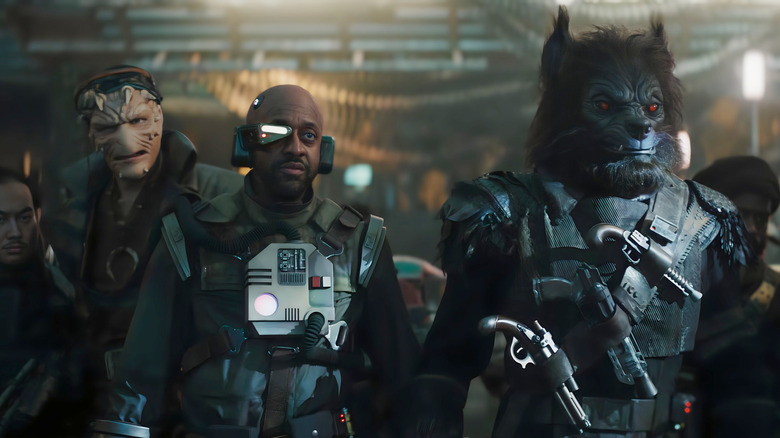
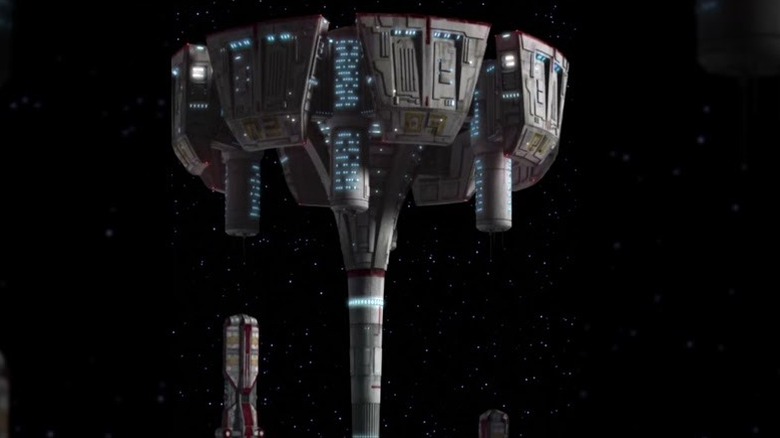


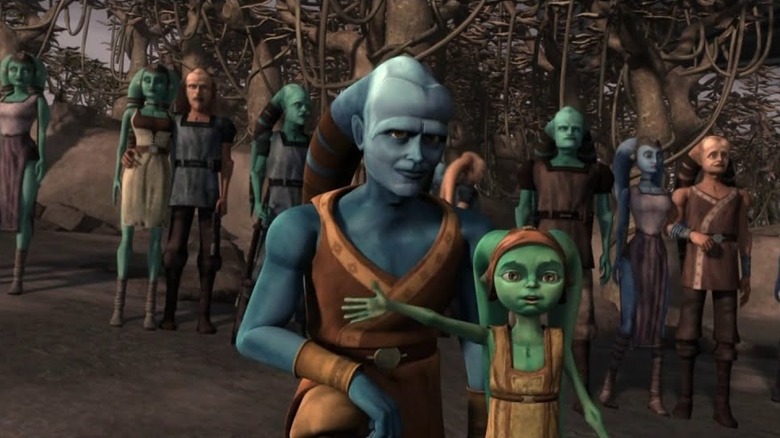
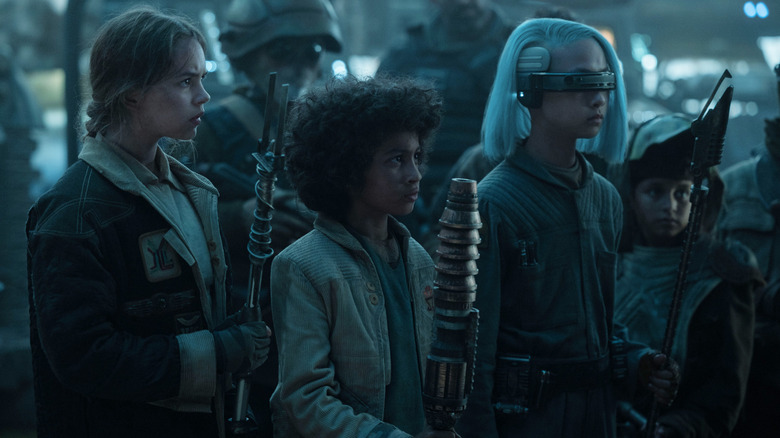

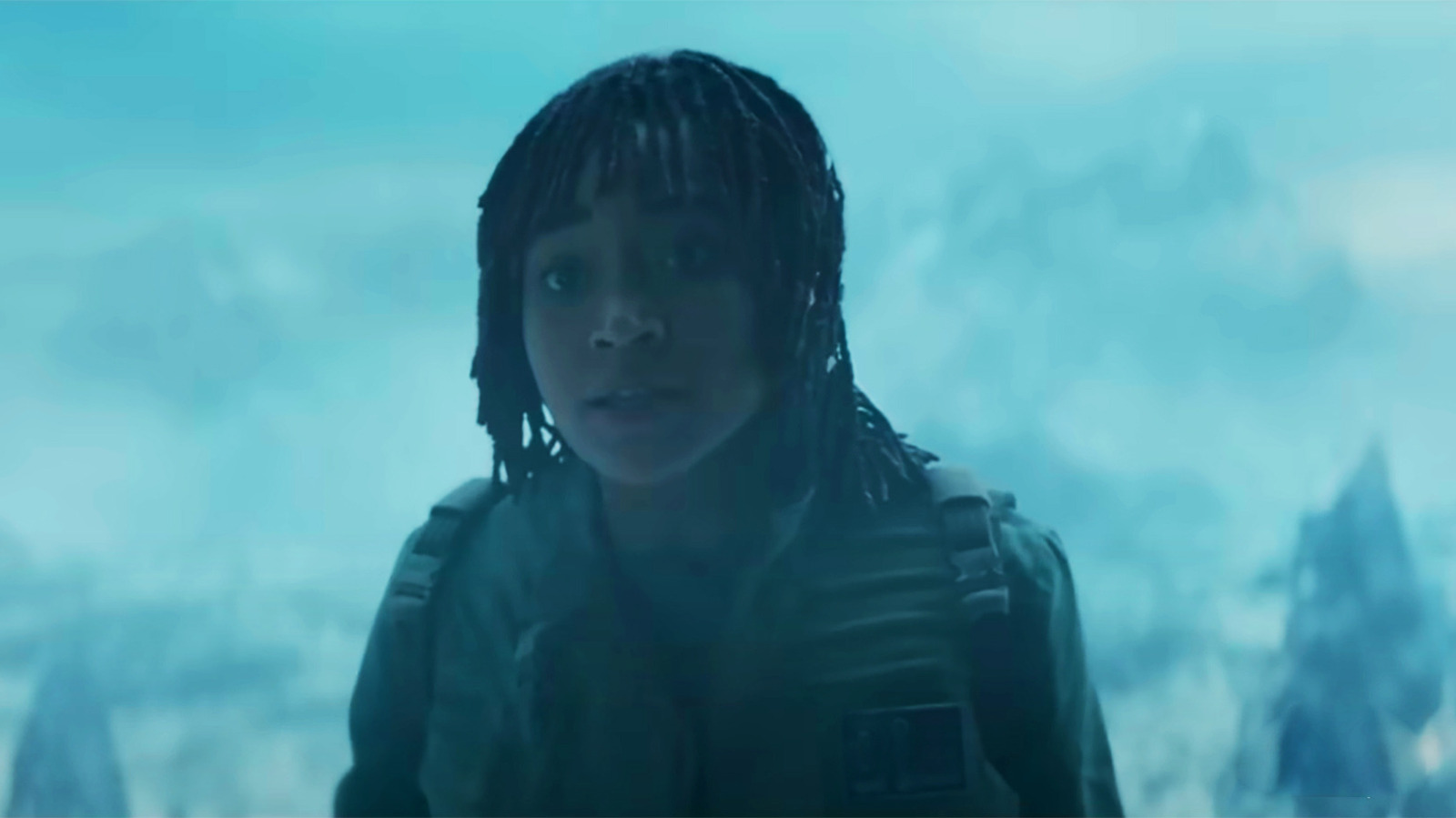

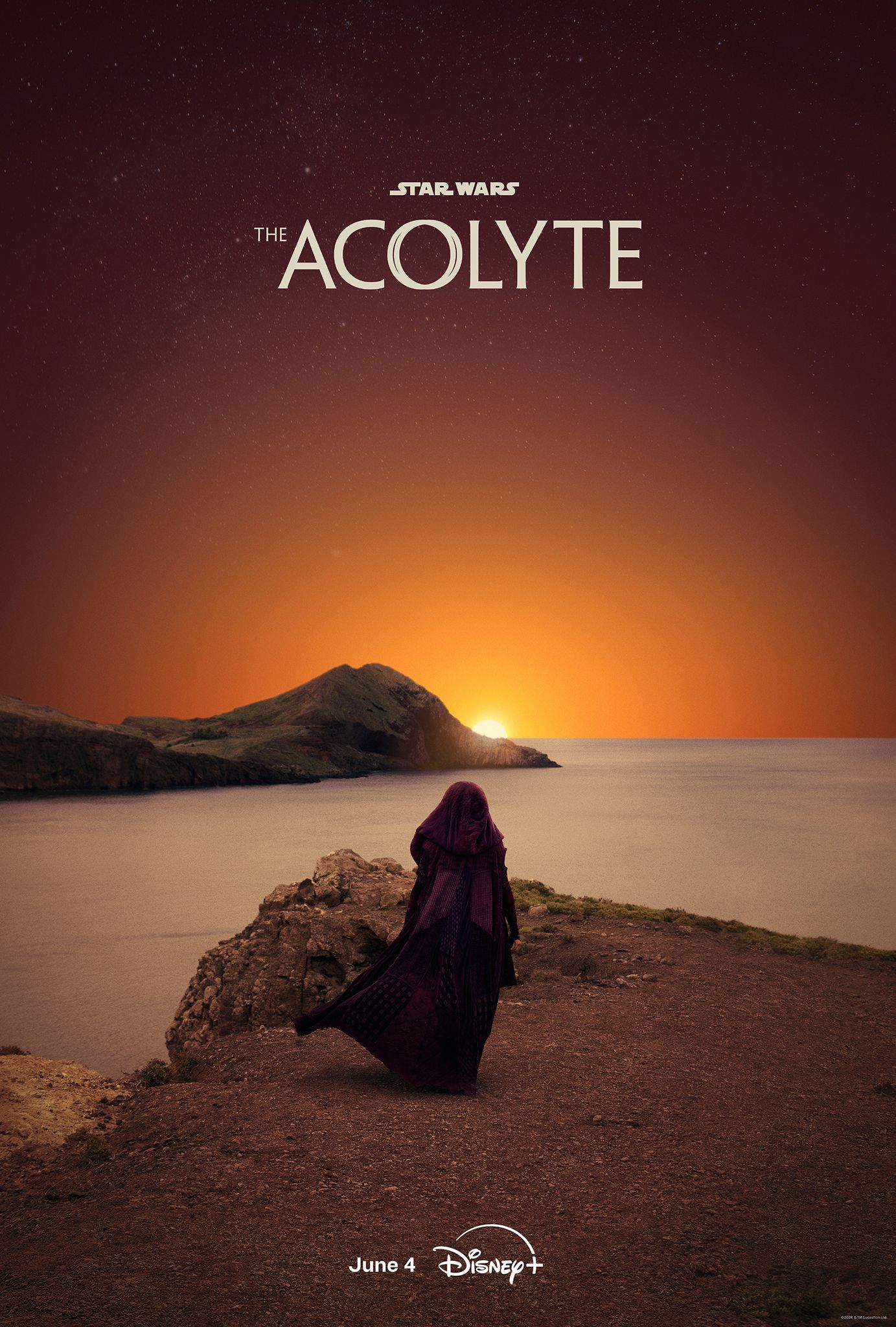

 April 27, 2008: Psystar’s first Mac clones ship to customers. The new Open Computer means that, for the first time since the mid-1990s, there’s no need to assemble a “hackintosh” to run OS X on a non-Apple computer.
April 27, 2008: Psystar’s first Mac clones ship to customers. The new Open Computer means that, for the first time since the mid-1990s, there’s no need to assemble a “hackintosh” to run OS X on a non-Apple computer.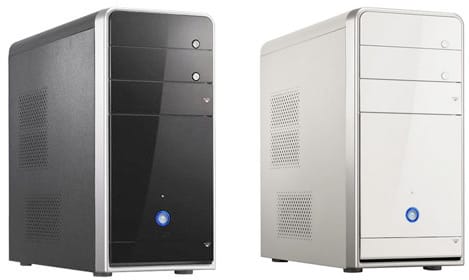

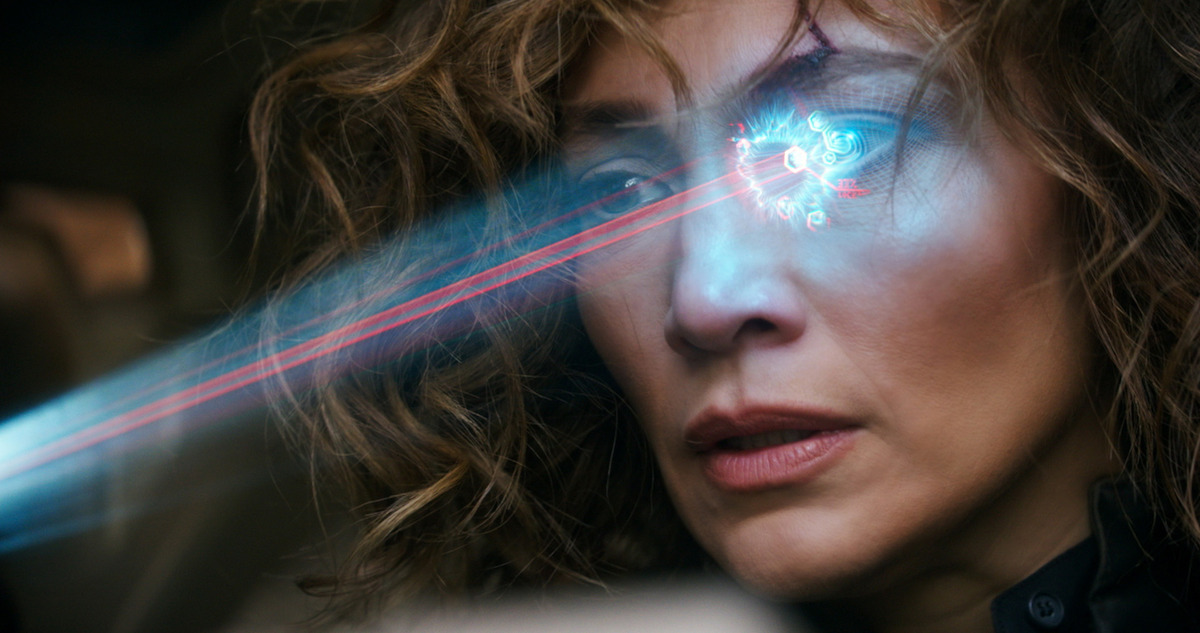





 March 27, 1995: The Radius System 100, the first official Macintosh clone, launches.
March 27, 1995: The Radius System 100, the first official Macintosh clone, launches.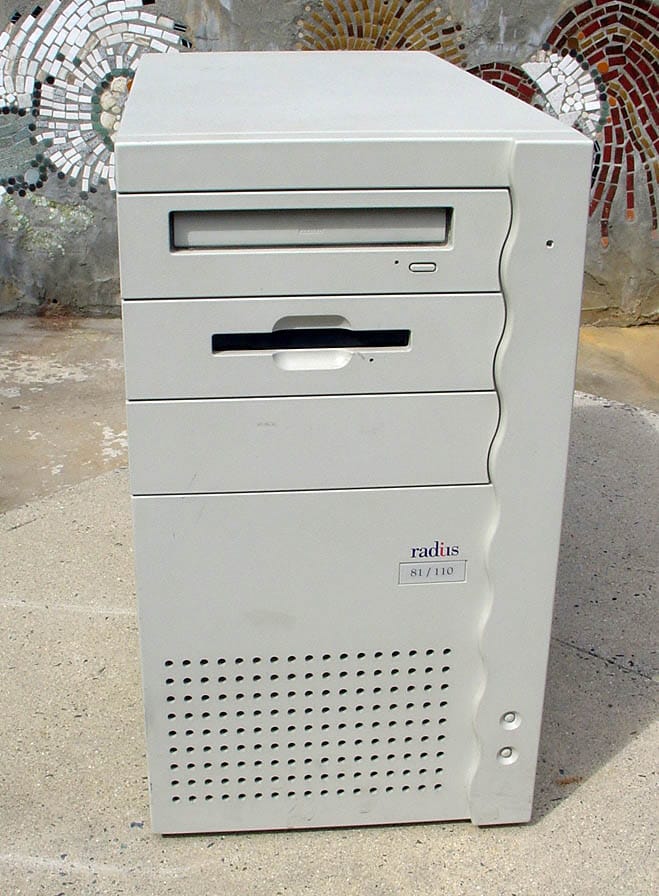
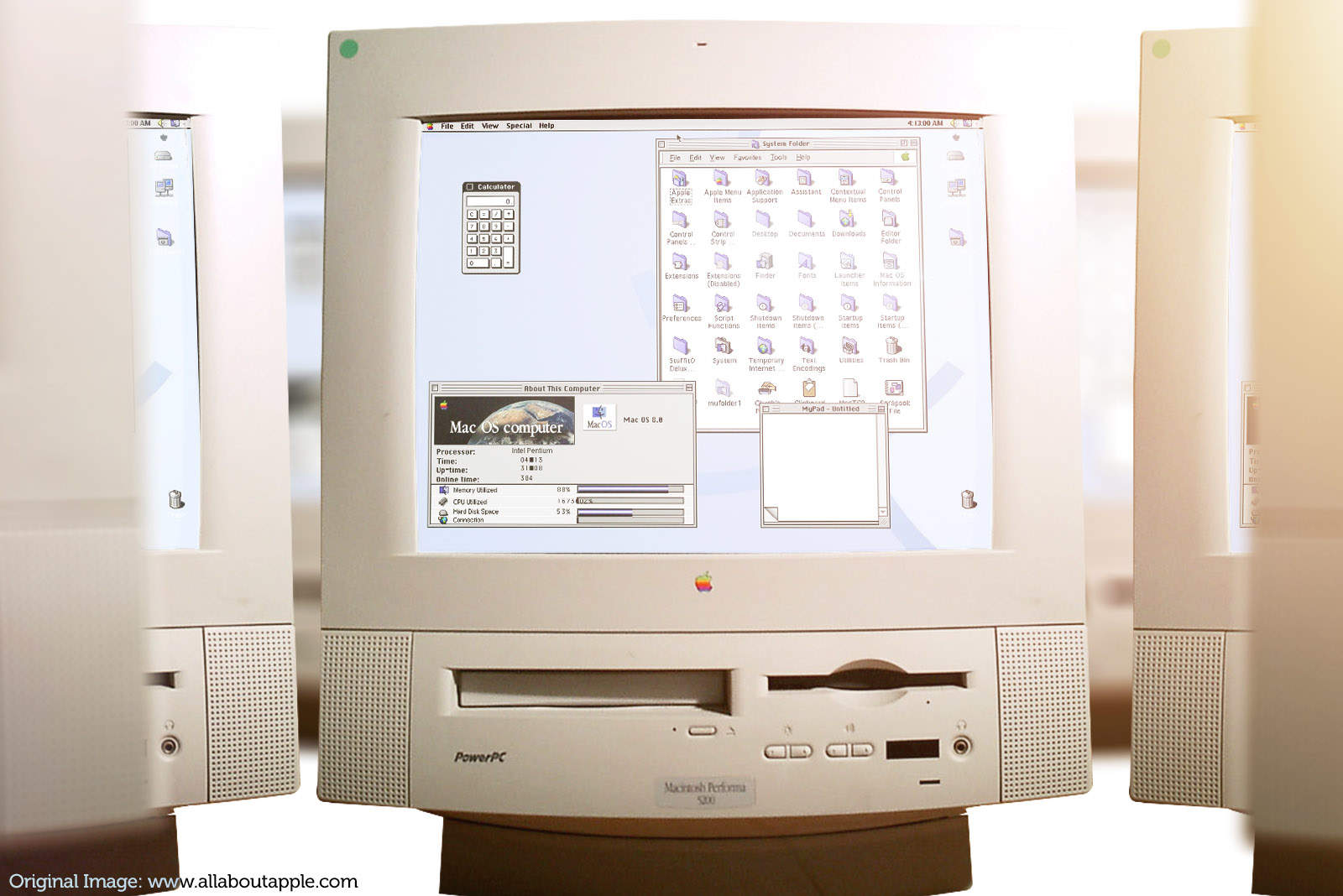
 March 8, 1997: Apple renames the forthcoming Mac OS 7.7 update, calling it “Mac OS 8.” It’s more than just a name change, though: It’s a sneaky sucker punch that ultimately knocks out Mac clones.
March 8, 1997: Apple renames the forthcoming Mac OS 7.7 update, calling it “Mac OS 8.” It’s more than just a name change, though: It’s a sneaky sucker punch that ultimately knocks out Mac clones.